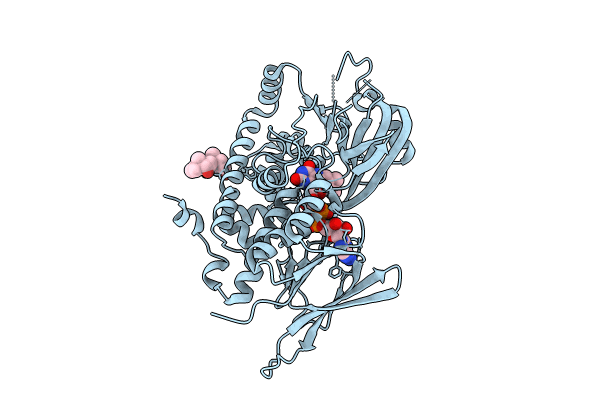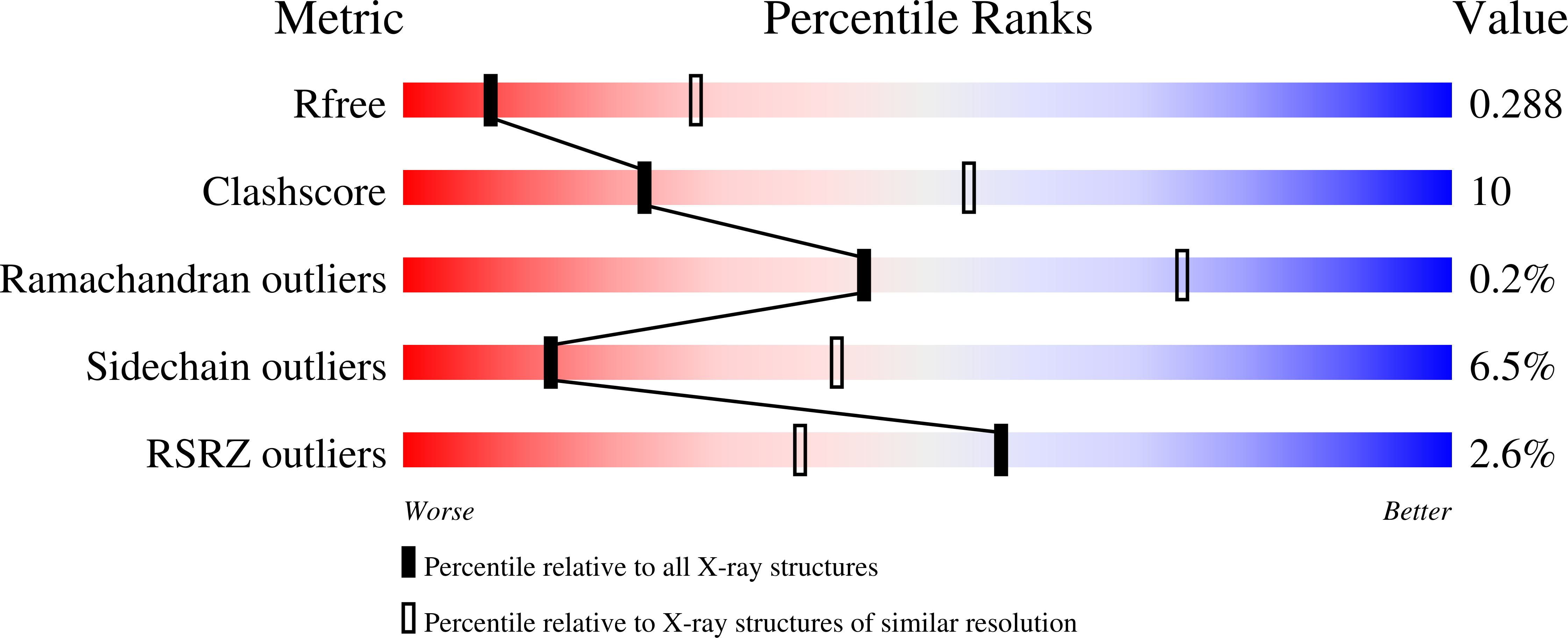
Deposition Date
2024-07-02
Release Date
2024-10-16
Last Version Date
2024-10-30
Entry Detail
Biological Source:
Host Organism:
Method Details:
Experimental Method:
Resolution:
3.10 Å
R-Value Free:
0.27
R-Value Work:
0.22
R-Value Observed:
0.23
Space Group:
P 41 3 2


